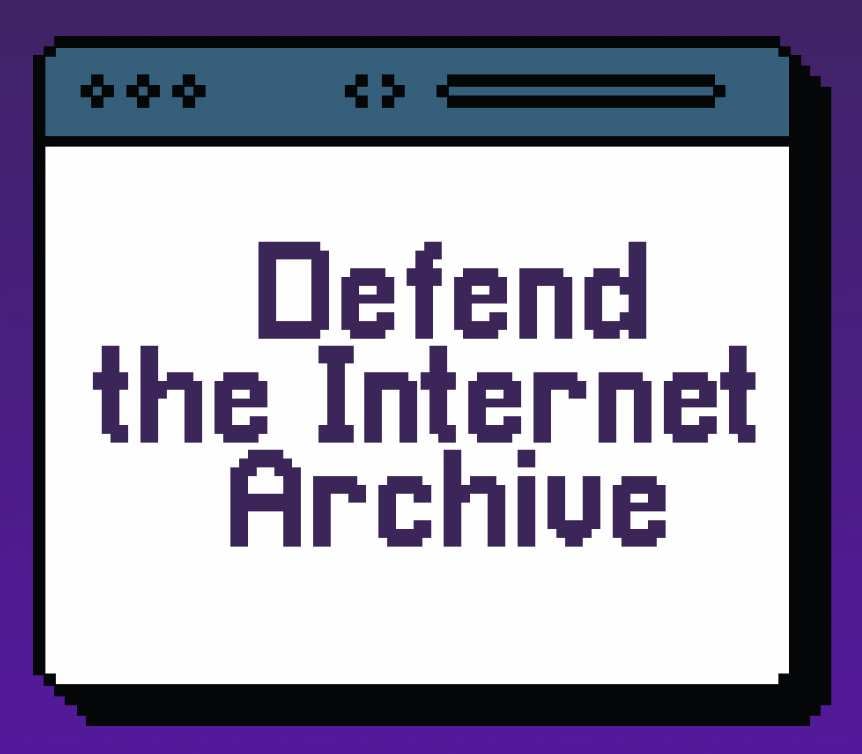I just installed Ubuntu 22.04.3 LTS (Cinnamon) on an empty laptop a couple days ago and have been experimenting a lot. I’m coming from being a Windows user since I was just a little kid playing old DOS games on my grandpa’s Win-98 PC back in around 2000. My daily driver is currently running Windows 10 but I am pretty adamant on not going with Win-11. I’ve been wanting to experiment with Linux for a while and Cinnamon so far seems like a lot of fun to navigate. Terminal is amazing. The fact that you can custom-write keyboard commands that can be hand-tailored to individual programs on your computer via the OS… that’s powerful.
I have not tried running WINE yet but I plan on doing so soon. I also have not done much of anything, honestly, except for learning how to search for programs with gnome-software --search=. I have also used sudo a couple times to download software here and there, but I know I am not tackling this in as systematic of a way as I ought to be to really figure this machine out.
What are some really important basic commands I can use to start branching out into Terminal command structures and learning more about how I can edit and customize my computer? And if Cinnamon has shortfalls or weaknesses that I may run into eventually, what are some good alternative distros that I could leapfrog to eventually? I do not have any coding experience (currently), but I do consider myself a semi-power-user on Windows, having messed with CMD many times and digging through all the damn menus to access drivers and alter ports.
- Linux is not Windows
Do not expect things to work as they do in Windows.
- The terminal is not to be feared (it only bites when told to)
While you can get most things done via a GUI option using the Terminal is much more powerful and gives more information.
- Not all hardware works with or works well with Linux
This pertains mostly to Laptops and peripherals, but always do a quick Google search to check for any issues.
One of the big issues for people is sound, a lot of computer & parts makers like to use the cheapest no-name parts they can because Windows lets them require “drivers” aka software fixes for poor hardware whereas Linux tends to give unaltered output leading to complaints about sound quality.
- Not all software works on or works well on Linux
You are not going to find software from Adobe, Microsoft office 365 etc running on Linux even using WINE.
Some games will not work on Linux even using the Proton compatibility software.
- Linux software is often lacking in the visuals but has lots of options under the hood.
There is a lot of software made for Linux are made by devs who focus more on the under the hood performance than making the software GUI look pretty. So don’t be put off by the looks of a lot of Linux software.
- Alternative to is a great website.
I highly recommend Using the Alternativeto website to (as the name implies) find alternatives to software you use on Windows.
- Backup’s are your friend
Setup an external device be it an internal hard drive, external hard drive or NAS as a backup target for your files.
You can use Timeshift to backup the entire drive (and it can reload a chosen backup directly onto the drive), Lucky backup to sync specified folders (either one way or both ways) to your drives or as I do use both.
And backup before doing major updates.
I have Timeshift setup to backup the entire drive (including $home) to a separate internal HDD and Luckybackup set to backup my important folders to an external USB HDD.
- Accidents will happen
As you are learning how to use and navigate you will have accidents that will require a full reinstall, don’t fear this has happened to everyone else and why you backup your files so it’s an annoyance instead of the end of the world.
Not very practical, but good for understanding the OS: Everything is a file. Even your filesystem and harddrive is represented by a file (devicenode).
Back in the day, before things such as pulseaudio and equivalents became the norm, there was also such a file (it might still exist, idk) for your soundcard. By shoving the contents of a wav file directly into /dev/dsp, you could hear it as if it was played normally.
Unrelates to the above, in a terminal context it’s very handy to learn the concepts of STDIN, STDOUT, and STDERR, and how to manipulate these. I won’t go into it here, but whenever you see a bunch of commands strung together with redirects, < > | >>, that’s usually for sending the output (STDOUT) of one command somewhere else, such as to the input STDIN to another command.
Honestly, one of the best things you could do is use Linux Mint instead of Ubuntu. It’s a lot more new user friendly.
It’s doesn’t want to shove snaps down your throat, so I’d say it’s more everyone friendly
My main recommendation is this - The more techsavvy you are, the harder a switch to Linux will be, because you know how to do some complex things on Windows, and now you’ll have to relearn it on Linux.
Take your time, Google lots, and just know the ceiling on Linux is much higher for power users, so getting over the initial hump will reward you greatly
I also switched to linux after using windows for more than 10 years. I still havent gotten used to linux yet. There are still a lot of things I struggle with.
I kind of had difficulty setting up my printer, I tried to install the HP drivers but it did not install. But none of this installation was required because linux supports driverless printing throught the cups service which I wish I knew earlier.
Another is the use of vi text editor, I couldn’ t figure out how to even edit the file and save the file🤣.
Yeah many more examples. It is a bumpy ride. But it is all worth it.
You don’t have to learn
viif you don’t want to. Just switch your default text editor to one that you like (it doesn’t even have to be a GUI one)Yes, I am using nano currently.
But i would like to learn Vi or vim
Install VIM and then run vimtutor. It is an “interactive” guide
I second this. Just going through vimtutor a couple times and then learning how to use the :help pages effectively is all you need to make vim usable.
I’d recommend using neovim over plain vim though, if not for any reason other than it has nicer defaults.
Patience pays a lot.
My tip would be to try a few distros before you settle on one. Ubuntu was it for me about seven years ago, but I used mint for a few years and am using MX with xfce now.
Also,
sudo !!is pretty useful when you forget tosudothe previous command. It means “super user do the last command I just boneheadedly forgot to do that to”Two tips:
I have not tried running WINE yet but I plan on doing so soon.
Steam “just works” on Linux, you can install it via flatpak (which I use) or from their deb repo. It includes “Proton”, which is a fancy bundle of wine and some extra open source valve sauce to make it nice and easy to use. Any game that runs on the steam deck also runs on Linux via proton, and there’s no messing around at all. It looks and feels just like steam on Windows, and thousands of games just work with no setup or config beyond clicking the big blue and green buttons to install and run. Not EVERY games works, but tons do. I’d heavily recommend this over raw wine to a beginner.
The second tip is not to ask what you can do on Linux. The answer, to a first approximation, is that you can do everything on Linux that you can do on Windows or OSX. I daily drive all three, and mostly do the same stuff on them. Instead, ask YOURSELF what you WANT to do on Linux. Then Google and ask us HOW to do it… or what the nearest approximation is if the precise thing you want to do doesn’t work on Linux.
My big tip is if you haven’t already, switch to a local package repository. There are a lot of people mirroring the software packages for mint and you can switch to one that is geographically the closest to you for better speed and to spread out the server load.
I love Linux Mint and it’s what I install on all my decom-laptops turned servers. It will do pretty much all you want to do in Windows and then some. The only thing it probably isn’t the absolute best for is PC gaming but if you are just using a laptop it probably doesn’t make much of a difference either way.
If you like Mint then I also suggest PopOS. They are both based on Ubuntu so a lot of the paths and the package manager are the same. The killer feature there is auto-tiling Windows which is like the window snap feature in windows but happens automatically. It’s not for everyone but once I started using it, it changed my entire workflow.
Last thing is, if you haven’t already, familiarize yourself with running docker containers. A lot of stuff that’s complicated to set up is a breeze with docker and docker-compose.
KDE is your friend in the trenches, Kubuntu > Ubuntu 100%
Regardless of whatever distro, definitely keep all your stuff backed up on an external drive. I had to “restart” my install a few times to get the hang of things. Yet I still keep all my info on an Vegacrypt encrypted external just in case to this day.
deleted by creator
Rather than Ubuntu Cinnamon, you’d be better off with Linux Mint.
regarding WINE, there’s tools like Bottles that make managing WINE easier. Steam in general configures WINE for you which meant in my experience you never need to mess with WINE directly, which is nice.
My advice is to search the Internet for some good resources on how to learn the Bash programming language, or else the “POSIX shell” (which is very slightly different from Bash). This is the command line language used by most Linux distros by default. POSIX shell is a complete programming language with built-in data structures, control flow like conditionals (
ifstatements) and loop syntax such asforandwhile, and function composition by way of shell pipes. Combine these with tools likefindandgrepand you can accomplish quite a lot with just a single line of code.Also, I highly recommend you practice using Vi or Vim as a text editor until you get somewhat fluent. It isn’t strictly required, but I recommend it simply because most people who use Linux as their daily driver also use these tools, and it helps a lot when communicating with other people in the Linux community, especially when it comes to solving problems. You want some fluency in using apps that the majority of people in your community are using. Also it is a good place to practice writing shell scripts.
Also not required, but learn a bit about Emacs as well. Learn how to use Dired (an Emacs app for working with
lsoutput interactively), learn how to open an edit a file from Dired, learn how to runfindandgrepfrom within Emacs. Learn how to run shell commands in Emacs and capture their log output. Also learn a bit about how to use Org-mode. (Shameless plug: I have my own series of blog posts on how to do these things.) This handful of basic skills will get you a very, very long way.I can’t comment much on customizing Cinnamon, but Cinnamon uses the Gtk toolkit, and so you can use any of the good Gtk themes out there to customize Cinnamon. Check out the UnixPorn community for more in-depth advice on that topic.
Start off with Bottles if Wine is too hard. Wine is a cmd line application while Bottles is Wine with a GUI making it easy to manage Wine.
Also, it is wise to try and have a different wine bottle (aka prefix) for each windows application you install and run.
Also Linux Mint is a distro that comes with Cinnamon pre-installed as long you download the Cinnamon option which is a fork of Ubuntu.
The Linux community is indeed remarkable, but the multitude of available distributions can sometimes give an impression of fragmentation. When you discover the distribution that best fits your needs, it’s important to remember not to take it personally. Avoid developing a bias towards your chosen distribution as it could potentially lead to unnecessary conflicts with others who prefer different distributions within the community.
Change to Mint.
This. Or mx linux.










